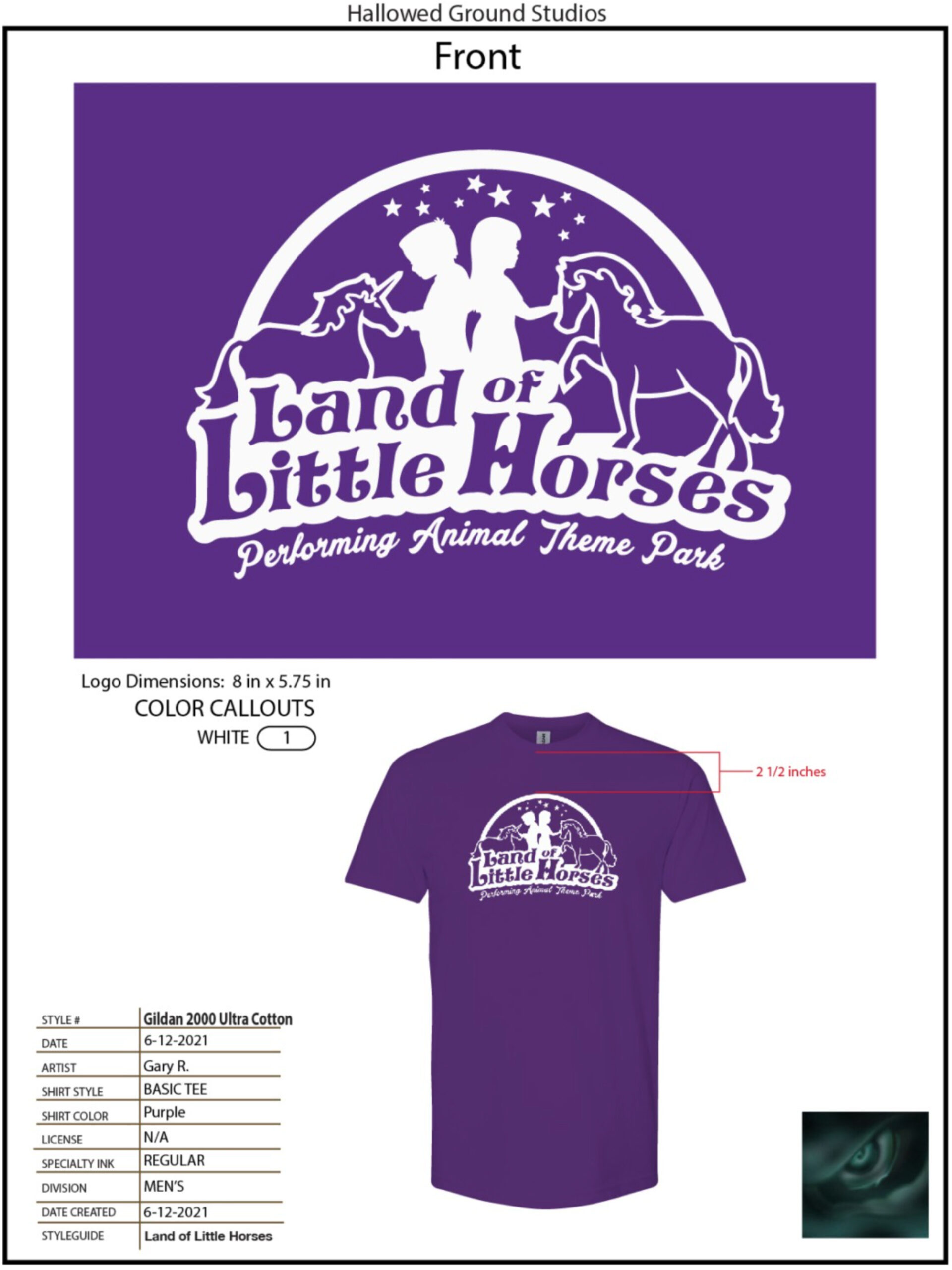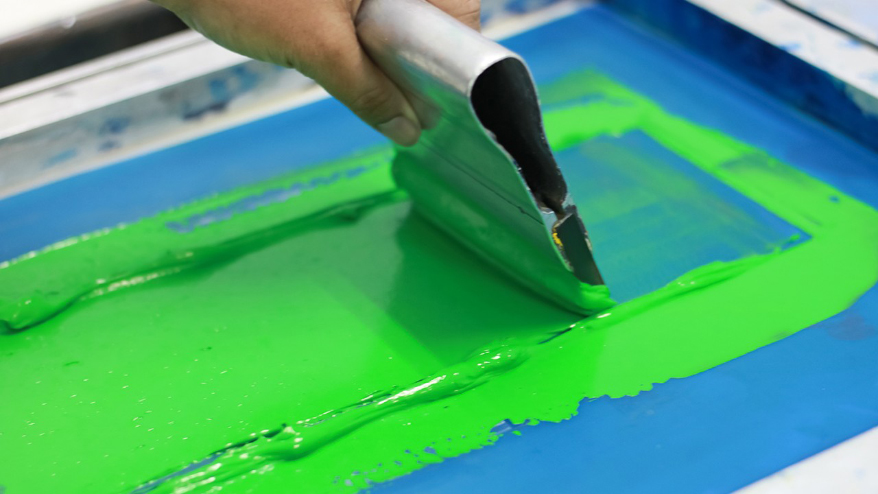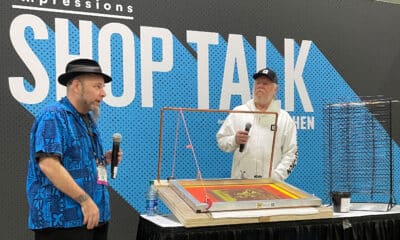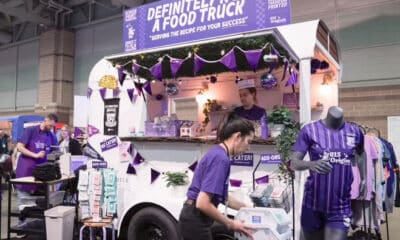ORGANIZATION IS THE KEY to the success of any shop work flow. The biggest gap is between the art department and the production floor. (Unless you are both the artist and the printer)
So to help bridge that gap there has to be a specification sheet (Spec Sheet).
It always amazes me how many companies no matter how big or small do not have this in place.
Why is this important? Well, in most cases the art is being created by someone who does not have any practical experience as a printer. I have found this true when a customer is supplying art from a graphics company or ad agency. A lot of larger companies employ people with art backgrounds and educations with no actual printing experience.
Very rarely does the artist(s) every stray out onto the production floor nor does the printer make a trip into the art department. So this communication is broke. The artist assumes the printer just knows and the printer prints just what’s given to him (or her).
This is like the chef expecting everyone under him (or her) to just know how to make their chicken cordon bleu. Without the recipe, the entire thing just gets chalked up to mind reading. In short, the success of the completed order being correct is basically a coin toss. (A friend of mine referred to it as like a recipe box.)
Advertisement
So what solves this problem? The recipe has to be given to the cooks under the chef. I mean, how else would they now? Same holds true with the printing of a design created to go on a garment. The recipe has to be shared. (Just like Grandma’s Cookie Recipe like my friend would always say) How else would the printer know what the artist wants? ( Or the customer as far as that goes).
In a few cases, I have seen a customer wanting a specific shade of yellow. The process starts with the sales people going to the production floor. The production floor runs strike off swatches. The end result is the yellow is to have an underlay (or underbase) color of a pms7499 which is a yellowish white in order to give the pms 102 a more warmer tone. And not only that, under lay (or underbase) is to be printed across all garment colors to include white in order to look consistent across all garments.
Now the production floor relays this information to the sales department. Who shares this with the art department? With the use of a recipe card (Again, like my friend said, just like Grandma’s Cookie Recipe) all departments are in communication. The art department know that this, the screen room knows this, the quality control person knows this and most importantly the printer knows this. We can call this recipe card a spec sheet, which serves as a tool for communication and a check and balance system as well.
What’s on this spec sheet (recipe card)? The art visual. (A large enough picture of the design to show specifics such as TM or R marks or distressing or small lettering so you can see if there’s misspelling) The size. ( without this, the printer and quality control person assumes the art is correct size. And you know about assuming.)The ink color ( repeat of previous with printer and quality control and assuming) The mesh count of the screen( so screen department knows which mesh screen to use) The order in which the screens are set up. ( so printer knows how it was previously run). Logo/design placement ( printer will need to know upon printing and if necessary the screen room in case design needs placed on screen in particular place) And this is saved in a system that allows for the information to follow the design from order to order to maintain consistency for future orders.
There are systems for these spec sheets. Most companies, the art department creates it. It is normally revised by the prepress department if there is one, or the printer, screen department and/or quality control makes changes and send back to art department to revise so the information is correct and accurate for future orders. This takes time but saves loads of money in material if order gets messed up not to mention man hours plus eliminating the chances of a customer receiving an incorrect order and sending it back for correction or refund.

Advertisement
Above is a copy of my Spec Sheet. You can use mine or make your own. If you would like mine, message me and I will send you the AI file.
It does take time but once your basic template is set up you just drop in art, change colors of garments and type in the info. Save. I would recommend having a folder on your computer just for these. That way you can search the folder on reorders when needed and print out. I used to print it out in color. It costs a little more but then again so does even 1 shirt if it needs replaced OR WORSE an entire order.
I hope you find this useful. Happy Printing


 Press Releases1 month ago
Press Releases1 month ago
 Press Releases2 months ago
Press Releases2 months ago
 Columns2 months ago
Columns2 months ago
 Editor's Note1 month ago
Editor's Note1 month ago
 Marshall Atkinson1 month ago
Marshall Atkinson1 month ago
 Case Studies2 months ago
Case Studies2 months ago
 Headlines2 months ago
Headlines2 months ago
 Headlines2 months ago
Headlines2 months ago


















